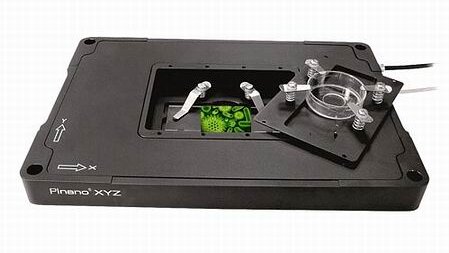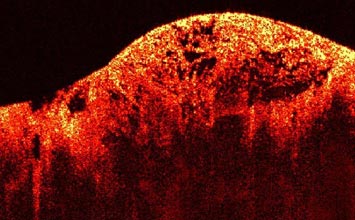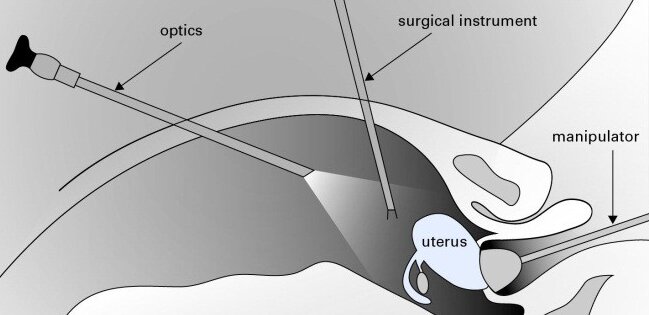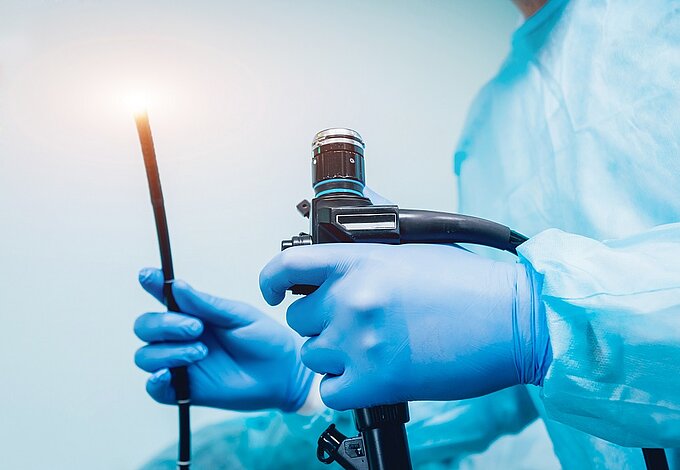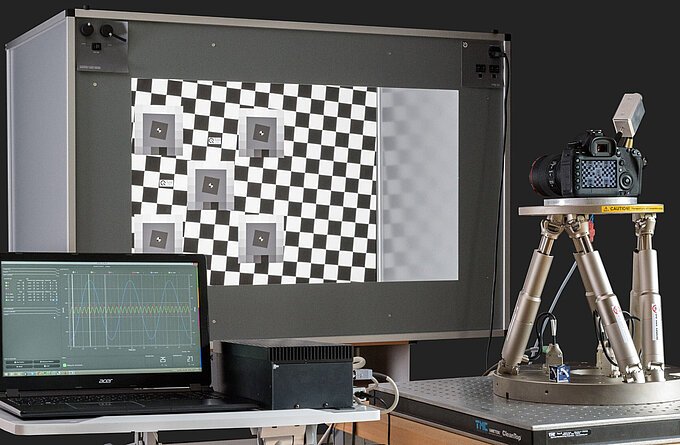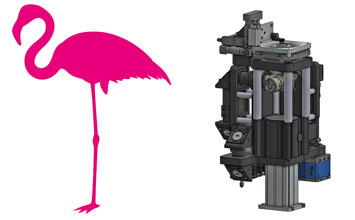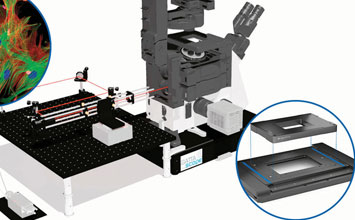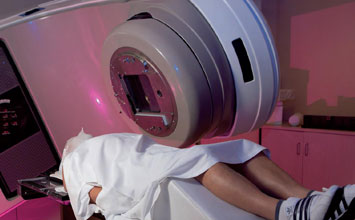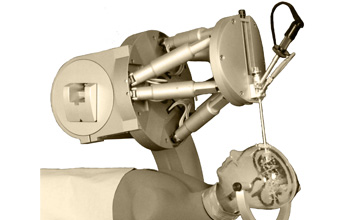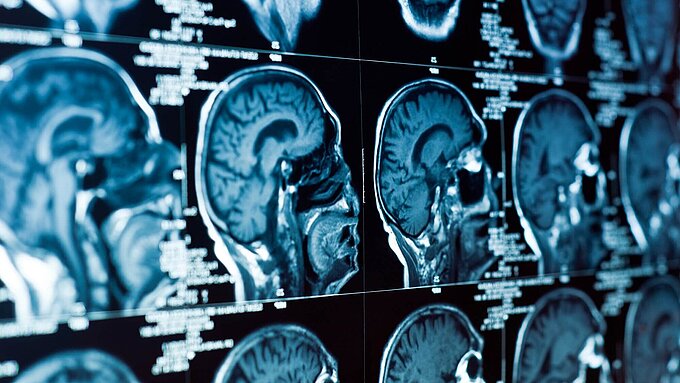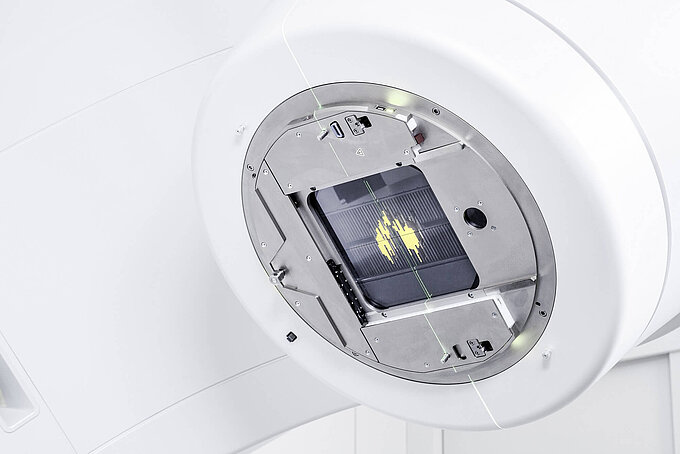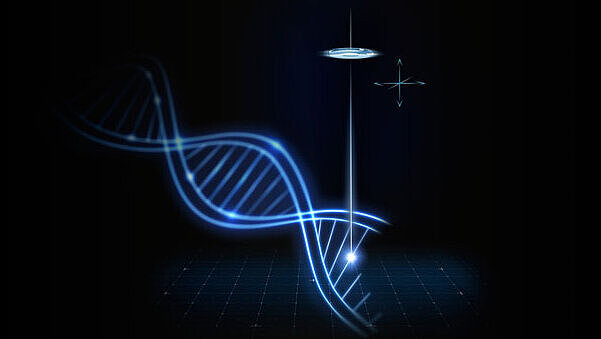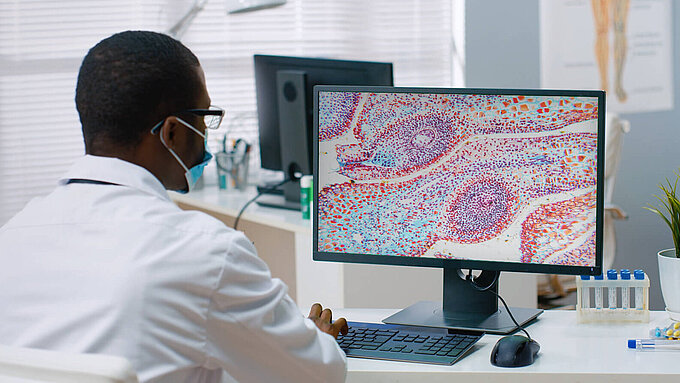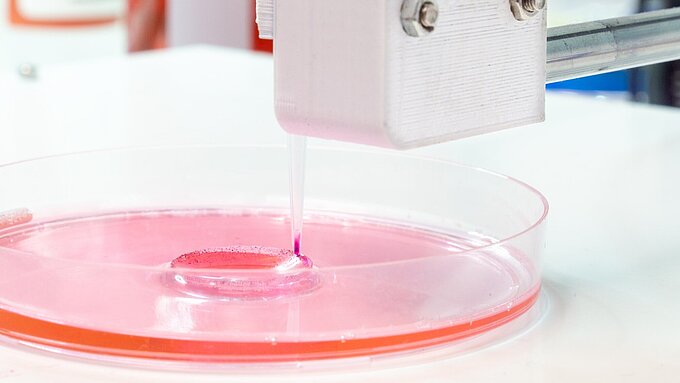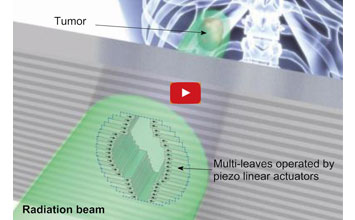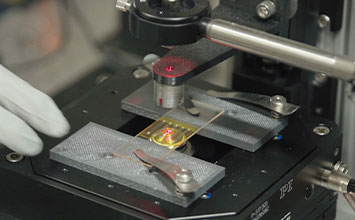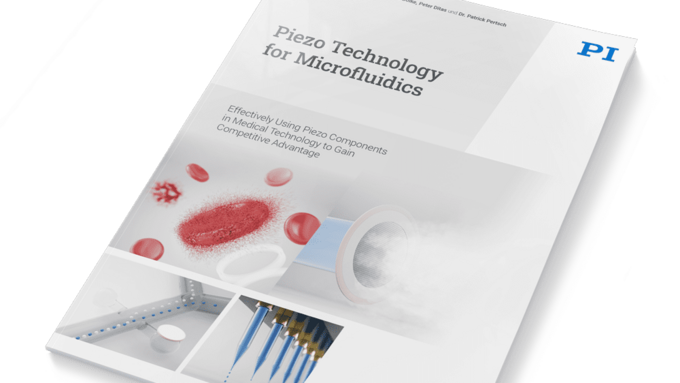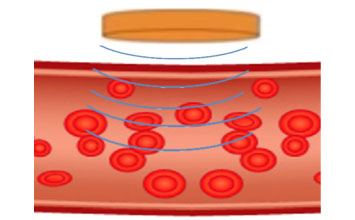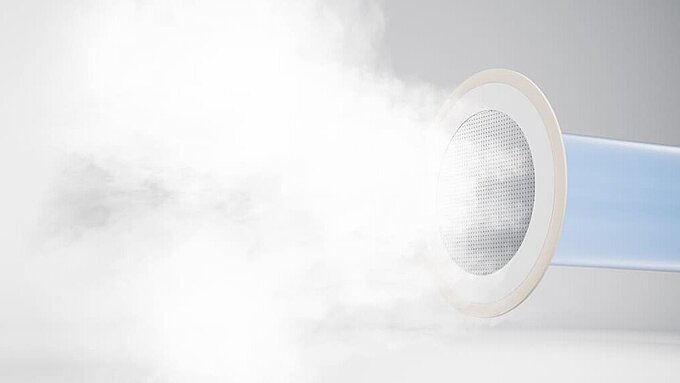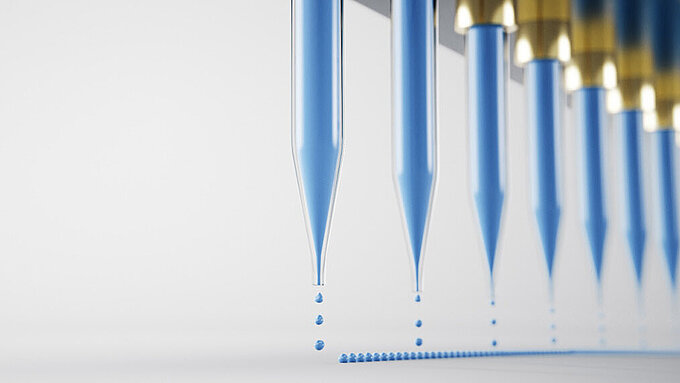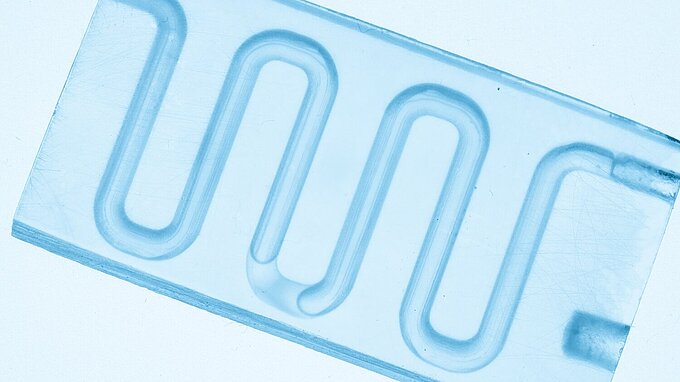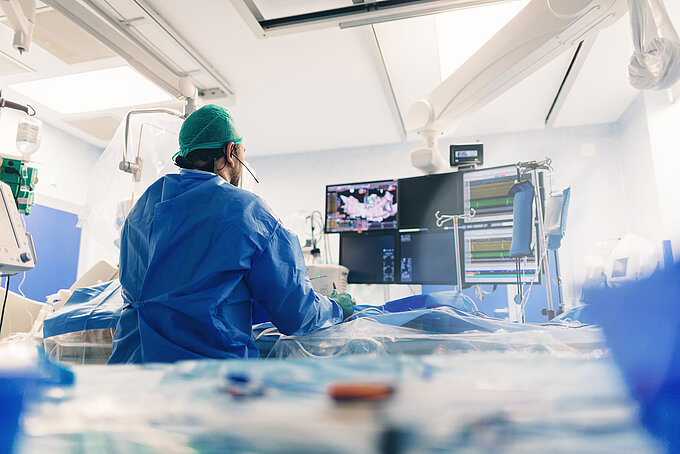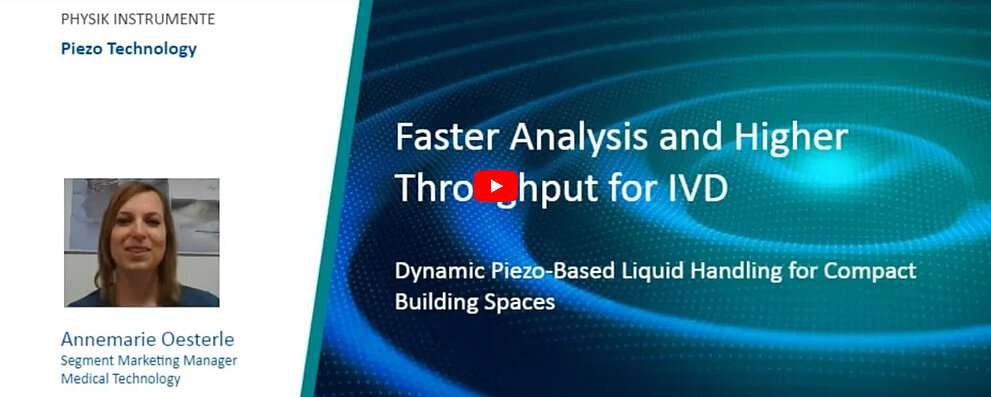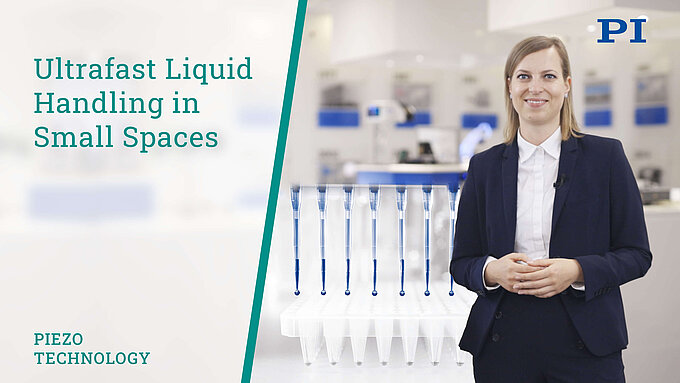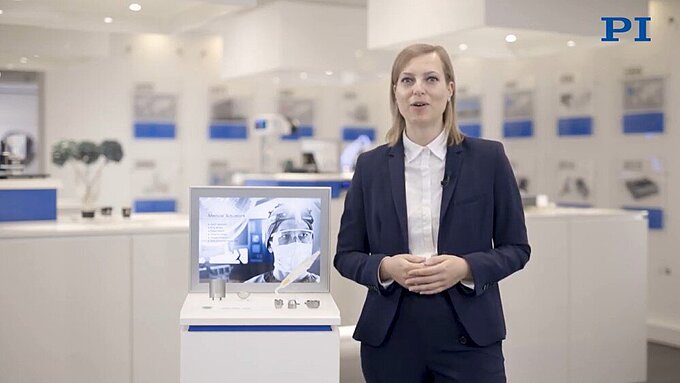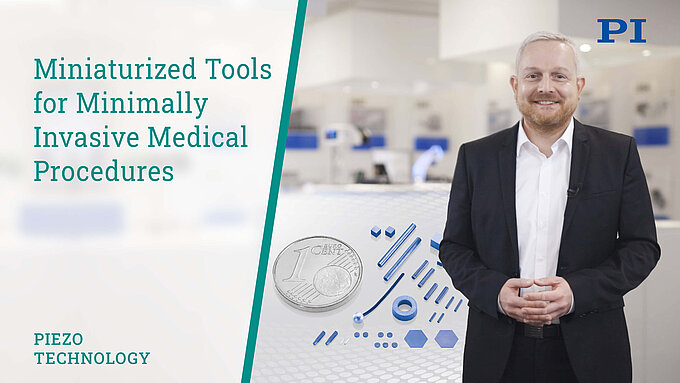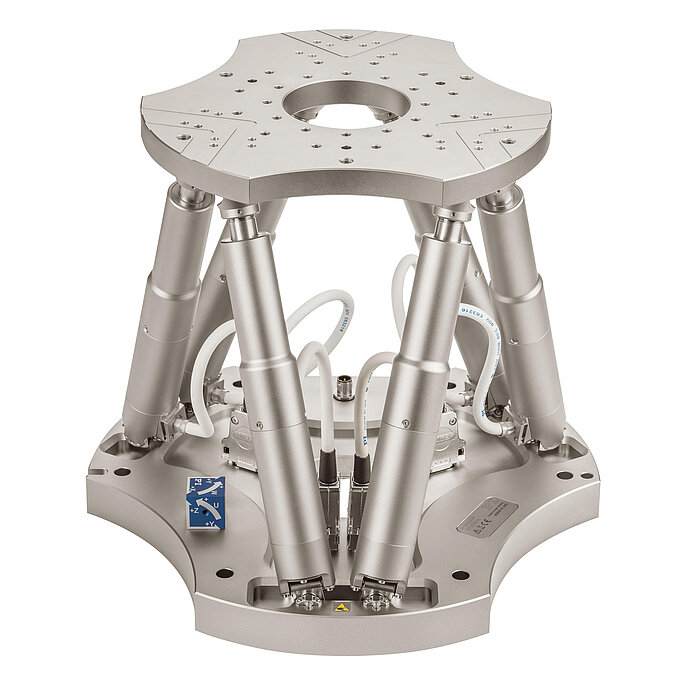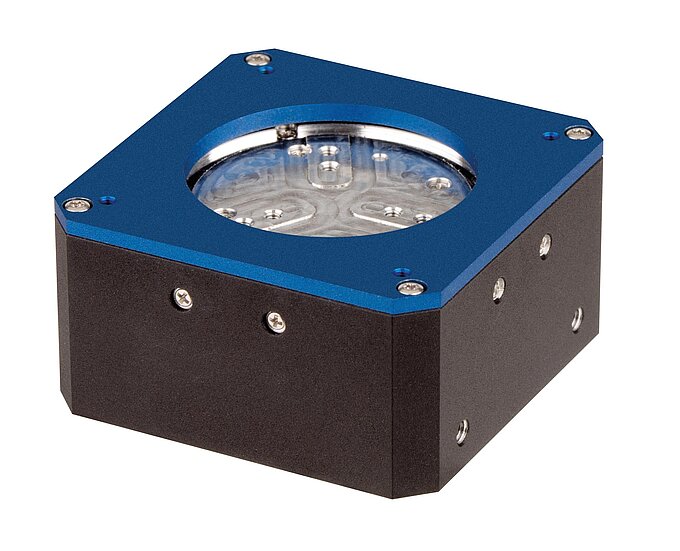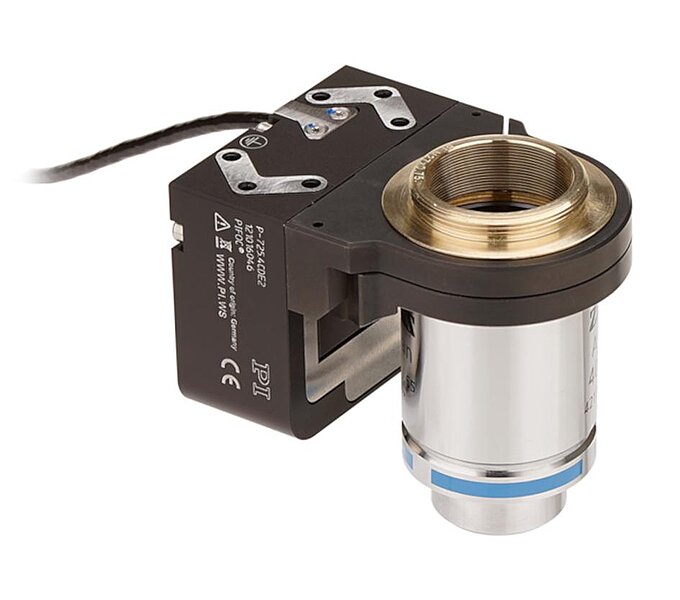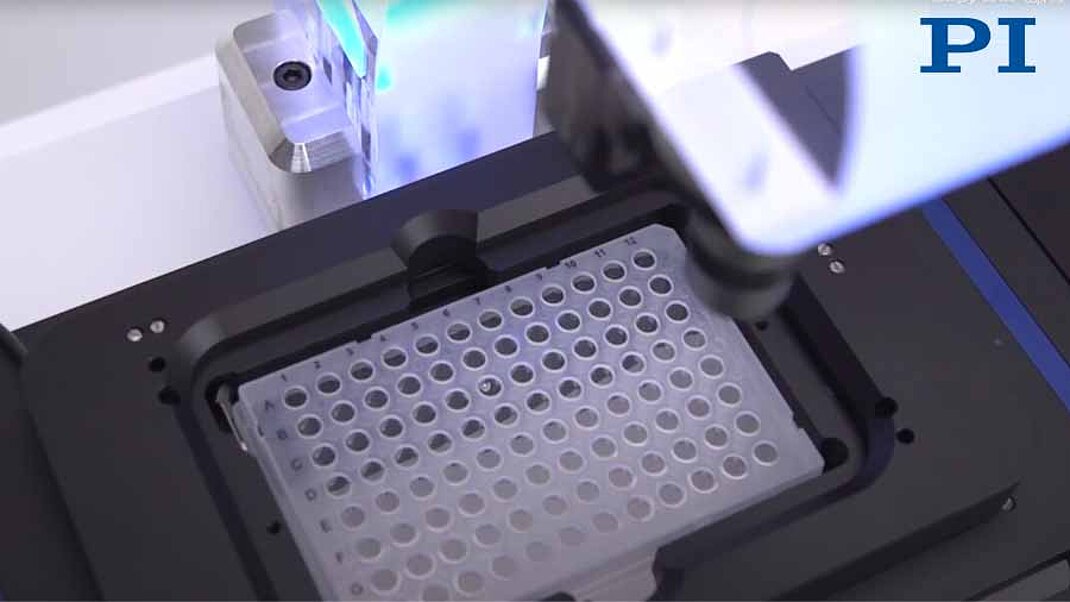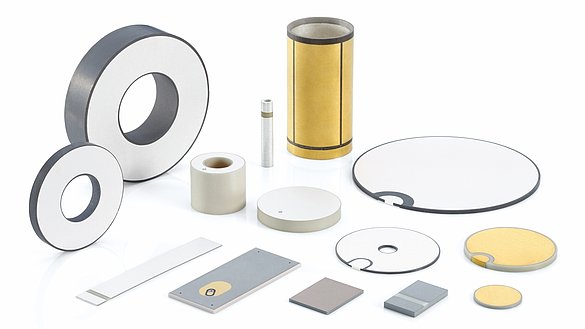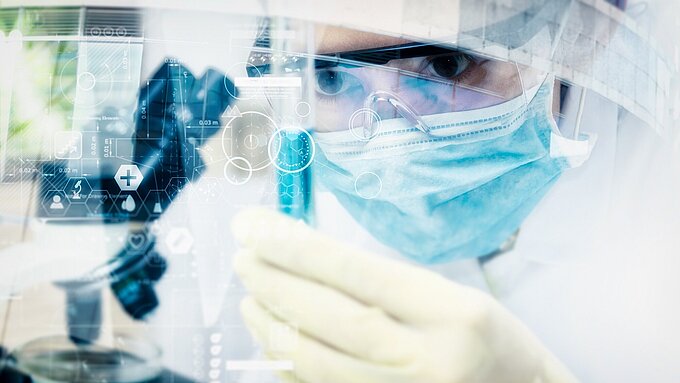How Precision Positioning Equipment, Motion Control and Piezo Transducers are used in Life Sciences, Imaging and Microscopy
In life sciences, the integration of piezo technology and advanced motion control is indispensable for critical applications, such as microscopy, cell manipulation, and diagnostic instrumentation. Piezo stages provide unparalleled precision, enabling researchers to accurately position samples, move objectives with nanoscale accuracy, and perform intricate tasks in cellular and molecular studies. The rapid response and sub-nanometer resolution of piezo systems contribute to high-throughput imaging and analysis, vital for genome sequencing and understanding biological processes at the microscopic level. Additionally, in areas like automated sample handling and drug discovery, the synergy between piezo technology and motion control optimizes workflows, accelerates research, and enhances the overall efficiency of life science endeavors.
Motion systems – precision positioning stages, hexapods and laser steering mechanisms move with pinpoint accuracy. In surgery, they position lasers and laser beams for precise cuts. They are used in the production of stents and help test implants, ensuring safety. From delicate procedures to drug discovery, these precision mechanisms guide the tools that advance medical innovation.
Piezo Ultrasound and Microfluidics
Piezo transducers are also indispensable in life sciences and medical technology. They generate the high-frequency sound waves in ultrasound imaging, revealing internal structures without harm – and can generate sound waves strong enough for minimally-invasive therapy. Piezo transducers stir and mix tiny samples in microfluidic devices, enabling precise experimentation. As sensors, they detect bubbles in medical fluids, ensuring patient safety. From drug discovery to surgery, these versatile tools push the boundaries of life science research and healthcare.

